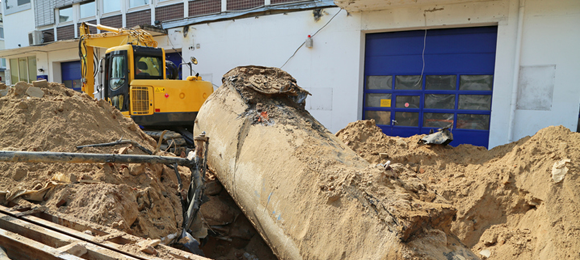
Updated January 23, 2023
Storage tanks can become an issue in a number of ways, mainly through corrosion or leaks.
If you're lucky, you've decided to remove your oil tank before it's become a problem.
Whether you think the tank is leaking or not, this is not a do-it-yourself job, and there are strict regulations to follow.
Who You Should Hire:
When it comes to removing a storage tank, whether it's an oil tank, septic tank, or propane tank, the risks involved are simply too high to let anyone other than an experienced professional handle it.
The most important and time-consuming aspect of a tank removal is finding the right contractor for the job.
How Long It Will Take:
In some cases, the physical act of removing a storage tank takes only a few hours.
If the tank is underground, leaking, or compromised in any way, the removal can take up to twice as long to complete.
How It's Done:
Above Ground Tank Removal
1. The tank’s gauge is removed.
2. Any remaining liquid in the tank is pumped out of the tank and into a drum using a transfer hose. Leftover, uncontaminated fuel is typically filtered and re-used.
3. Once all the liquid is removed, the tank is then cut open using a reciprocating saw.
4. With the tank cut open, any sludge at the bottom of the tank is scooped out, the walls are scraped, and the tank is cleaned out. (The sludge is then recycled.)
5. The tanks vent and fill pipes are then cut and removed from the foundation. Any holes in the ground are patched and filled.
6. The empty tank is then hauled away to a certified place of disposal, where it is inspected, scrapped, and melted down.
Underground Tank Removal
1. The tank is located and dug up.
2. If there is any liquid inside, it is pumped out of the tank and into a drum using a hose. Any liquid will be filtered and reused.
3. The tank is then removed from the ground with the help of an excavator and is loaded onto a truck or trailer.
4. The soil is inspected for contamination or any signs of a leak and gets written confirmation from a licensed inspector that there was no contamination.
5. The hole is then refilled and the area is restored.
Find a local tank removal contractor
Learn more about oil tank removal:


